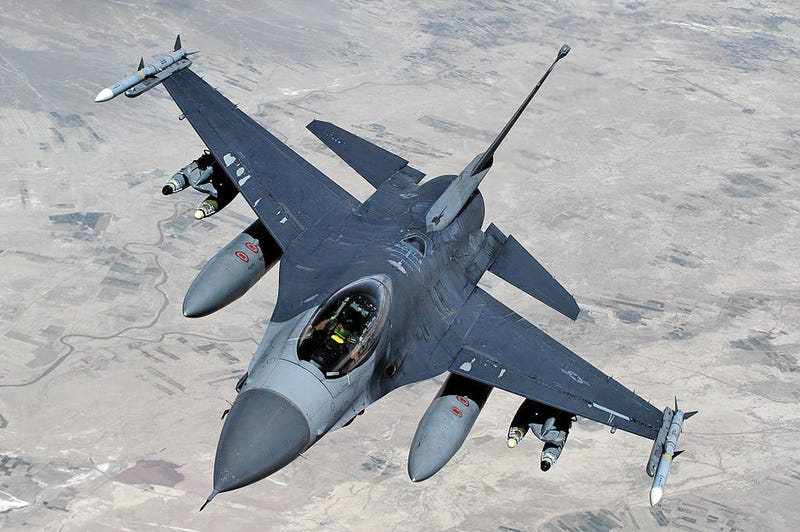Three recent news items relate to Justin Trudeau’s intent to send troops on a UN peacekeeping mission. Outfits like the CDA Institute have released their analysis on Canada’s new Defence Policy, the Globe and Mail reported that a CAF sniper once again holds the record for the furthest kill shot, and MPs of the House of Commons are expected to rise for their summer break, which lasts from June 23 to September 18.
Prime Minister Justin Trudeau famously (or infamously) declared in the early days after the 20 October 2015 election that “Canada is back!” This partly referred to our country’s apparent readiness to get back onto the world stage as a peacekeeping nation. The CAF had been regrouping after 12 years of operations in Afghanistan and had taken an operational pause. Cynics thought the Liberals just wanted a coveted seat back on the UN Security Council, while altruistic observers believed they wanted to bring Canadian ‘sunny ways’ to downtrodden portions of the planet. Either way, this promise to our allies to help with the ‘heavy lifting’ is going on two years with no fulfilment in sight.
Reminiscent of The Economist’s assessment of a former Liberal PM, Justin Trudeau seems to be turning into 'Mr. Dithers' The Sequel. He is hedging his bets by judiciously spending Canada’s "blood and treasure" on select hellhole missions around the world. The CAF has Special Operations Forces in hotspots sprinkled here and there and, as evidenced by the record-breaking kill shot, we are turning the ‘bad guys’ into pink mist. But these operations are shrouded in secrecy to minimise the PR fallout. We also are making a big deal of a contingent of 450 soldiers being sent to bolster Latvia; of CF 18s patrolling Iceland’s air space, and a frigate in the Mediterranean under Operation Reassurance in an effort to blunt Russia’s burgeoning re-emergence as an aggressive military world power. The world may be sliding back into another Cold War, but the potential for onesies or twosies of Canadian-flag-draped coffins coming home is minimal.
The government pumped out a comprehensive Canada Defence Policy which impressively lays out the CAF’s focus for the next 20 years along with substantive budget increases. There have been immediate results like overdue pay increases but the large expenditures will not kick in until after the next election cycle. Lots of good words and promises, but very little in the way of solid rubber meeting the road.
About a year ago, the Minister of National Defence (MND), Harjit Sajjan made the rounds of African countries for potential Canadian peacekeeping missions in an effort towards due diligence before fulfilling the PM's promise. The scuttlebutt has been that Mali was the lead contender of Canadian peacekeeping largesse. Mali is a particularly nasty quagmire with open Islamic civil warfare, use of child soldiers, frequent and numerous peacekeeper casualties – all with a generous dash of IEDs.
As a former Intelligence officer, the MND is no dummy. I think he and the PM were somewhat unprepared for the realities of Mali, and now recognise that dead CAF men and women will be regularly travelling the Highway to Heroes route if we send troops out on these peacemaking missions. This is why they dither when pressed on when the government is planning on making a decision.
I am no fan of sending CAF personnel into harm’s way. I have family and friends in uniform. I have lost military friends doing their duty. Frankly, in my opinion, some parts of the world are burning and that’s just the way it is. Let them sort their own crap out because all we seem to do as Western powers is muddy the water and waste our efforts. The government knows there is no upside to sending troops to a place like Mali, so they are stalling like mad, hoping other world events or opportunities will come up to distract us from that ill-conceived promise.
As reported by CBC's Murray Brewster, Canada has been presented with a long list of 'marquee command roles' for UN missions and has turned them all down except for a plum position in New York. With the rising of the House, the Liberals will undoubtedly push any decision further to the right by months until at least the fall session.
Opposition MPs will rightly want a debate before sending CAF troops into obvious peril – and this will be another excuse to, in military parlance, mark time.
There’s an old military adage related to the concept of leadership when it comes to making a choice. Either make a decision, follow, or get the hell out of the way. Our allies, like the Dutch in need of a tag-out in Mali, and the Germans who wanted the use of our helicopters instead of theirs, are probably dismayed that Canada is 'all talk and no action'.
Perhaps the innocents who are being killed, tortured, raped and maimed would like to stop holding out false hope that blue-beret-wearing Canadians are coming to their rescue. The world and our defence partners are realizing that Canadian ‘Sunny Ways’ and ‘Canada is Back’ talk is simply blowing sunshine up their collective behinds.
-----
– Blair Gilmore is a Research Fellow with the Nova Scotia branch of the Royal United Services Institute of (RUSI-NS)
– Blair Gilmore is a Research Fellow with the Nova Scotia branch of the Royal United Services Institute of (RUSI-NS)






